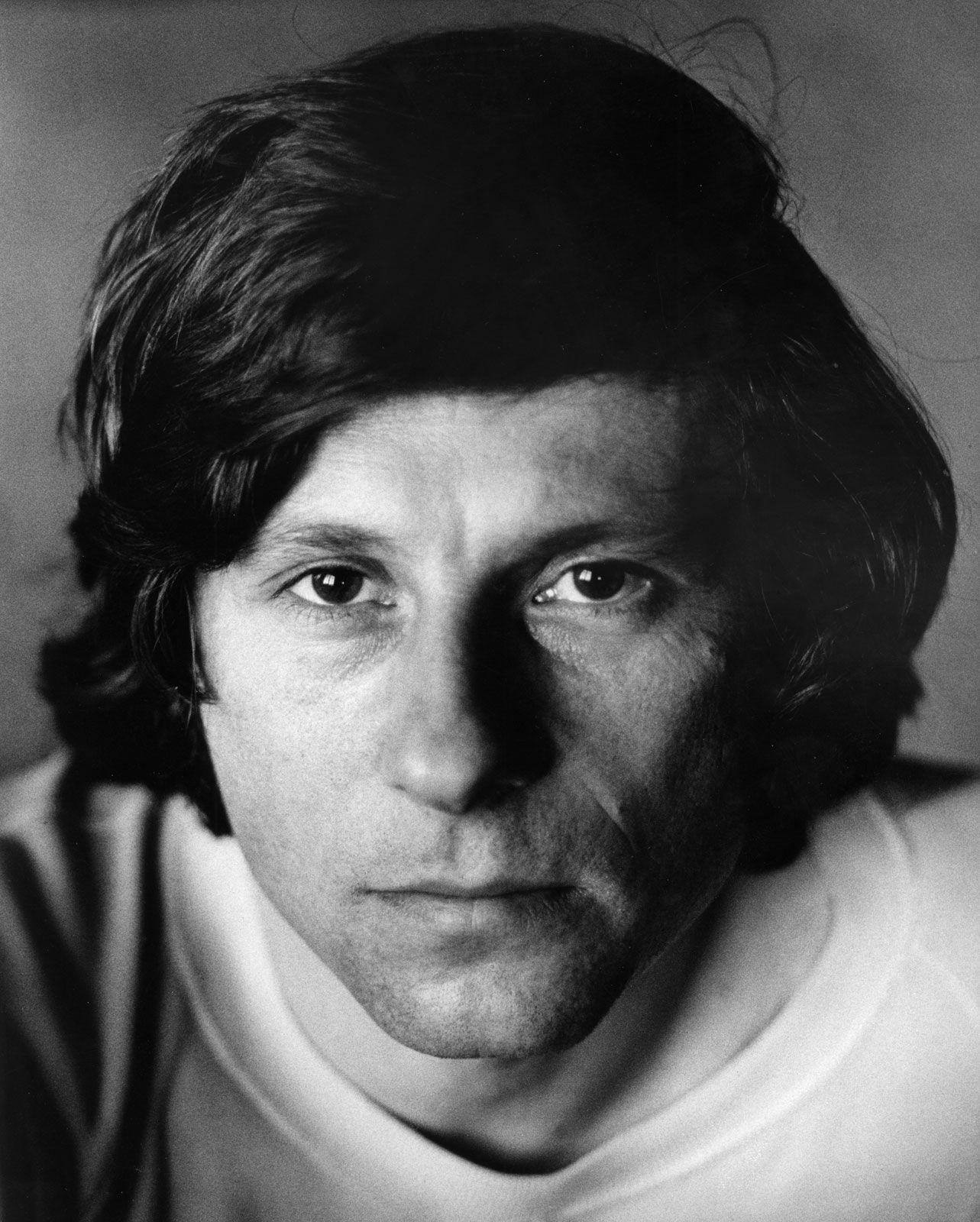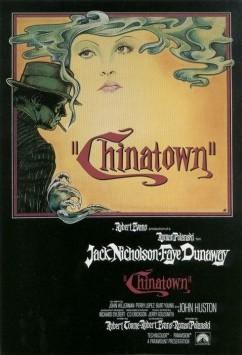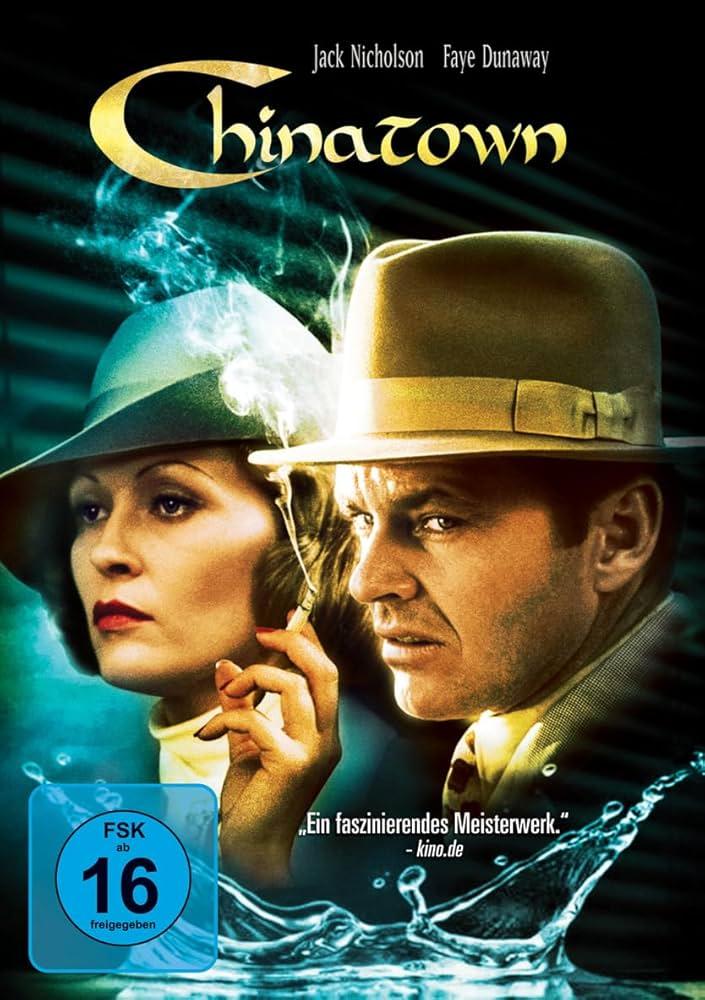In the annals of cinematic history, few films have managed to carve out a legacy as enduring and complex as “Chinatown.” Released in 1974, this neo-noir masterpiece has long been hailed for its intricate storytelling, atmospheric tension, and unforgettable performances. Yet, beneath its polished surface lies a web of controversy centered around its director, Roman Polanski, whose personal life and legal troubles have sparked debates that continue to echo through the corridors of film discourse. As we delve into the question of whether “Chinatown” should be considered a masterpiece in its own right, we find ourselves navigating the delicate interplay between art and artist, grappling with the timeless conundrum: Can the brilliance of a creation be disentangled from the flaws of its creator? This article seeks to explore the multifaceted dimensions of this debate, offering a balanced examination of the film’s artistic merits alongside the ethical implications of its provenance.
Exploring the Cinematic Genius of Chinatown
When delving into the labyrinthine narrative of Chinatown, one is immediately struck by its impeccable craftsmanship and narrative depth. This film weaves a tapestry of mystery, betrayal, and corruption, set against the backdrop of 1930s Los Angeles. The screenplay, penned by Robert Towne, is often hailed as one of the finest ever written, meticulously structured and laden with rich symbolism. Jack Nicholson’s portrayal of the jaded private detective, Jake Gittes, adds a layer of complexity that is both enthralling and unsettling. The film’s visual aesthetic, achieved through John A. Alonzo’s cinematography, perfectly captures the sun-drenched yet morally ambiguous world of the film.
- Character Development: The film’s characters are intricately developed, each with hidden motives and complex backstories.
- Atmospheric Setting: Los Angeles is not just a backdrop but a character in itself, with its own secrets and allure.
- Musical Score: Jerry Goldsmith’s haunting score enhances the film’s tension and melancholy.
Yet, beneath the film’s undeniable artistry lies the shadow of its director, Roman Polanski, whose personal controversies have sparked intense debate. This raises critical questions about separating art from the artist. Should the film be judged solely on its merits, or should the actions of its creator influence its legacy? Chinatown remains a compelling study in storytelling, a conundrum of ethics and appreciation that continues to captivate audiences and provoke discussion.

The Complex Legacy of Roman Polanski
Roman Polanski’s career is a tapestry woven with artistic brilliance and personal controversy. As the director of Chinatown, Polanski crafted a film often hailed as a pinnacle of neo-noir cinema. Its intricate plot, atmospheric tension, and iconic performances have solidified its status in the annals of film history. Yet, the shadow of Polanski’s legal troubles and moral questions surrounding his personal life create a complex legacy that cannot be easily untangled from his professional achievements.
- Artistic Genius: Polanski’s ability to evoke mood and emotion is unparalleled, and Chinatown stands as a testament to his skill.
- Controversial Persona: His personal actions have sparked debates about whether one can separate the artist from their art.
- Cultural Impact: The film’s influence on subsequent generations of filmmakers and its exploration of themes like corruption and power remain relevant.
Thus, while Chinatown may be considered a masterpiece by many, it exists within the dual context of Polanski’s cinematic prowess and the ethical dilemmas posed by his personal life. This duality invites ongoing discourse about the intersection of art and morality, urging audiences to consider whether the brilliance of a creation can be viewed independently of its creator.

Separating Art from Artist: A Critical Examination
The 1974 film Chinatown is often hailed as a cinematic masterpiece, revered for its intricate plot, stunning cinematography, and Jack Nicholson’s compelling performance. Yet, its legacy is inextricably linked to its director, Roman Polanski, whose personal controversies cast a long shadow over his professional achievements. This juxtaposition presents a challenging question: can the film be appreciated independently of its creator? This dilemma prompts a broader examination of whether art should be judged solely on its merits or if the artist’s personal conduct should factor into our appreciation.
- Cinematic Excellence: Chinatown offers a textbook example of neo-noir, with its tight narrative structure and atmospheric tension.
- Artistic Vision: The film’s thematic exploration of corruption and moral ambiguity continues to resonate with audiences and critics alike.
- Director’s Influence: Polanski’s stylistic choices are integral to the film’s enduring appeal, raising questions about the separation of creator and creation.
Ultimately, the debate surrounding Chinatown and its director reflects a larger cultural conversation about how we engage with art. While some advocate for a strict division between an artist’s work and their personal life, others argue for a more holistic approach, where the creator’s actions inform our understanding and appreciation of their art. As society continues to grapple with these questions, Chinatown remains a focal point for discussions about ethics, art, and legacy.

Chinatowns Place in Film History Amid Controversy
In the pantheon of classic films, Chinatown holds a distinctive place, often hailed as a quintessential neo-noir masterpiece. Its intricate plot, memorable performances, and atmospheric cinematography have earned it a revered status. However, the shadow of controversy looms large over its director, Roman Polanski, whose legal troubles and personal history have sparked debates about the separation of art and artist. This dichotomy invites a nuanced exploration of the film’s legacy in cinema history.
- Cinematic Excellence: Chinatown’s narrative complexity and stylistic innovation have been studied in film schools worldwide, influencing generations of filmmakers.
- Cultural Impact: The film’s depiction of 1930s Los Angeles and its exploration of themes like corruption and power resonate with audiences, offering a lens into the darker facets of human nature.
- Ethical Dilemma: Polanski’s controversial life raises questions about the ethical implications of celebrating works by artists with problematic histories.
As the conversation around the film industry evolves, the discussion about Chinatown’s place in history remains a testament to the ongoing tension between artistic achievement and the moral responsibilities of its creators.









